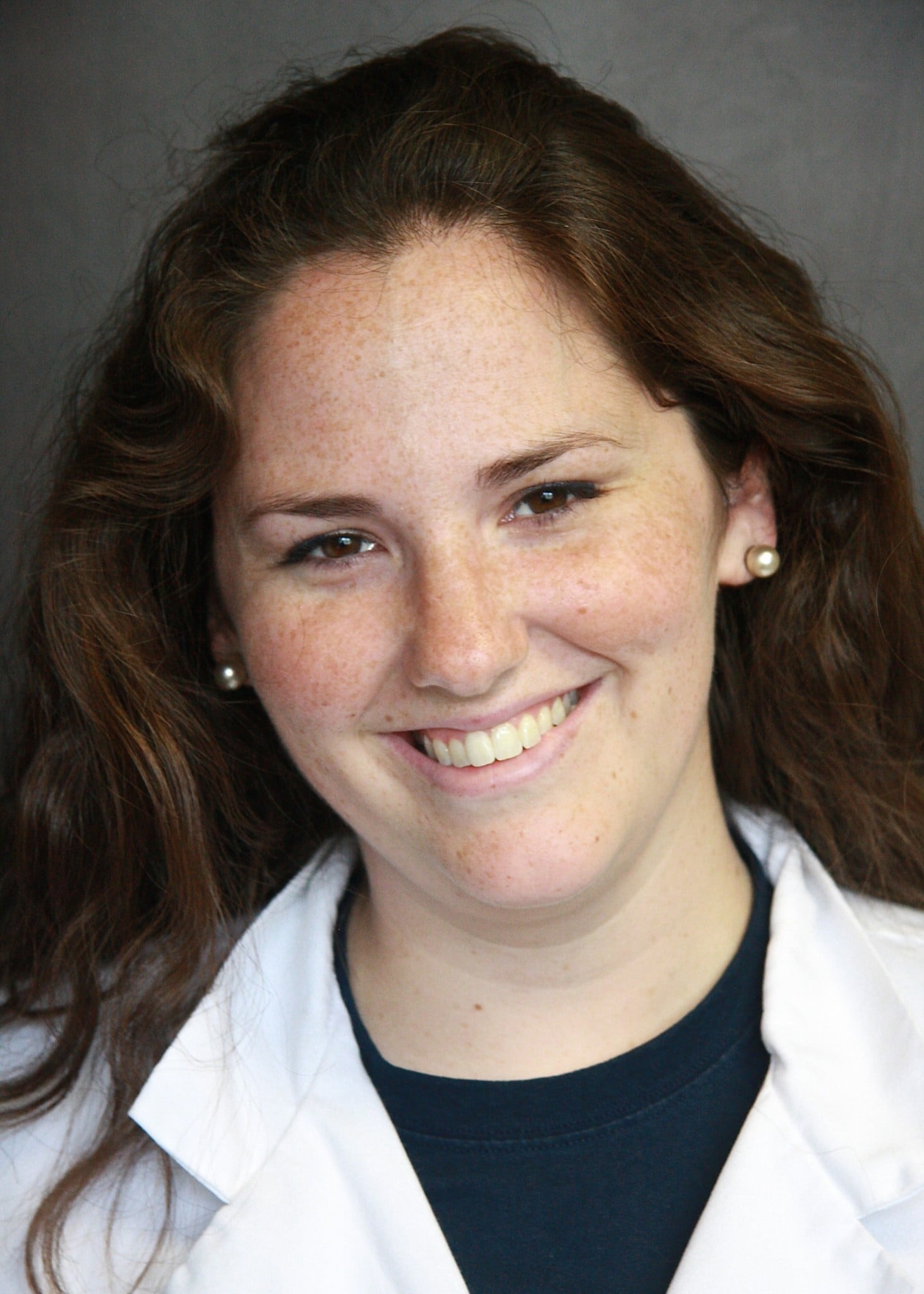The Problem
As part of their training, Emergency Medicine (EM) residents are required to perform patient follow up. However, there is currently no universal format in place. Additionally, there is often little follow-up information available on patients who die during the course of their Emergency Department (ED) visit, or shortly after admission to the hospital.
The Innovation: Partnering with Pathology to Review Deaths in the ED
During a monthly emergency medicine conference at the University of Louisville, all deaths occurring in the ED or within 24 hours of admission are reviewed. For those patients who underwent an autopsy, a pathologist is invited to present the case in conjunction with an EM resident. Unlike traditional Morbidity and Mortality (M&M) conferences which feature in-depth analyses of all systems involved, these cases are often straight-forward and focus on the relevant pathologic and forensic findings. These sessions are also less intimidating for the providers involved, as they are not presenting a single case with a negative outcome where the spotlight is on the care they provided.
Target Learners
This review targets EM residents at all levels of training as well as EM faculty. It also has the potential to benefit trainees and practitioners from other disciplines (pre-hospital providers, nursing, pharmacy, respiratory therapy, etc.) and other fields of medicine (general surgery, orthopedics, neurosurgery, critical care, cardiology, neurology, etc.).
ACGME Milestones
Practice-based Performance Improvement (PBLI):
- “Performs patient follow-up.” (Level 2)
- “Participates in a process improvement plan to optimize ED practice.” (Level 4)
Patient Safety (SBP1):
- “Describes medical errors and adverse events.” (Level 1)
- “Participates in an institutional plan to optimize ED practice and patient safety.” (Level 4)
- “Leads team reflection such as code debriefings, root cause analysis, or M&M to improve ED performance.” (Level 4)
- “Identifies situations when the breakdown in teamwork or communication may contribute to medical error.” (Level 4)
Description of the Activity
Preparation
-
Emergency Medicine:
- Each month, the PGY-3 (post-graduate year) EM resident on an administration rotation is provided with a list of all deaths in the ED and those occurring within 24 hours of admission from a single month.
- The PGY-3 performs an in depth review of each death, including ED/hospital records, pre-hospital documentation, labs results, radiology reads, and relevant prior medical records.
- The key data is summarized in a report detailing each case (please see below for an example).
- Paper copies are made available to all conference attendees.
- The PGY-3 resident is also responsible for coordinating with the presenting pathologist to determine which cases will be presented.
- Of note, there is a two-month delay in case review. For example, deaths from September are discussed in November.
| Date Expired | Medical Record#, ED Resident, Attending | ED Summary | Procedures | Follow Up/Notes |
| 1/1/16 | 11223344 Dr. XXX Dr. ZZZ |
Level 1 activation PTA. 53 yo M, unrestrained driver, rollover MVA. GCS 7 on scene, intubated. Initial vitals w/ noted tachycardia and hypotension. Palpable crepitus on the L chest, needle decompressed. Obvious LLE fracture. Significant abrasions to chest, facial trauma. Lost pulse 10 mins PTA, CPR started. Epi x 3. PEA on the monitor. R tibial IO. On arrival, CPR continued. Bilateral chest tubes and central line placed. Received an additional 3 rounds of CPR, Epi x1. Aystole. TOD called. |
Intubation (EMS)
Bilateral Chest Tubes (ED/Trauma)
R Femoral Cordis (Trauma) |
Excellent documentation |
-
Pathology:
- The presenting pathologist is provided with a list of the relevant deaths and cross-matches the names with those who were autopsied.
- This duty primarily falls to the current forensic pathology fellow; however, on occasion a pathologist from the medical examiner’s office fills in.
- Depending on the number of qualifying cases, the pathologist may present all cases from the month in question, or choose the 3-4 of most interest or educational value. For example, if three individuals died from self-inflicted gunshot wounds to the head in a single month, all three cases do not need to be presented.
- For each case presented, the pathologist prepares a brief PowerPoint presentation featuring forensic photographs, final lab results (including toxicology), and the final ruling on cause and manner of death.
Presentation
- The PGY-3 EM resident functions as the moderator of the session and introduces each case, providing a summary of their ED course.
- The pathologist follows with their slide presentation, addressing relevant teaching points and questions.
- Following each case presentation, all faculty and residents are invited to participate in the discussion.
- Insights from the resident(s) and faculty directly involved in the case are often solicited.
Lessons Learned/Closing Thoughts
These sessions are one of the most well-attended conferences, both by residents and faculty. Patient death affects physicians strongly and the chance to follow up post-mortem is not always readily available. Residents and faculty also benefit from learning about the processes that occurred internally that are not always apparent when treating the patient. For example, the autopsy of a victim of a motor vehicle crash with only externally visible injuries of minor abrasions/contusions may reveal a chest cavity filled with blood from an aortic avulsion. These descriptions and images leave a lasting impact.
In the cases of young patients who die unexpectedly after a long, grueling resuscitation, this activity can also provide closure by revealing the cause of death.
In addition, for the victims of violent crimes, it also serves as an excellent platform to review some of the basics of forensics and improve our documentation of gunshot wounds, stabs, and other injury patterns.
Read more about the Ideas in Didactics and Educational Activities (IDEA) Series.
Photo credits: Lightbulb (c) Can Stock Photo
Author information
The post IDEA Series: Partnering with Pathology to Review Deaths in the ED appeared first on ALiEM.

